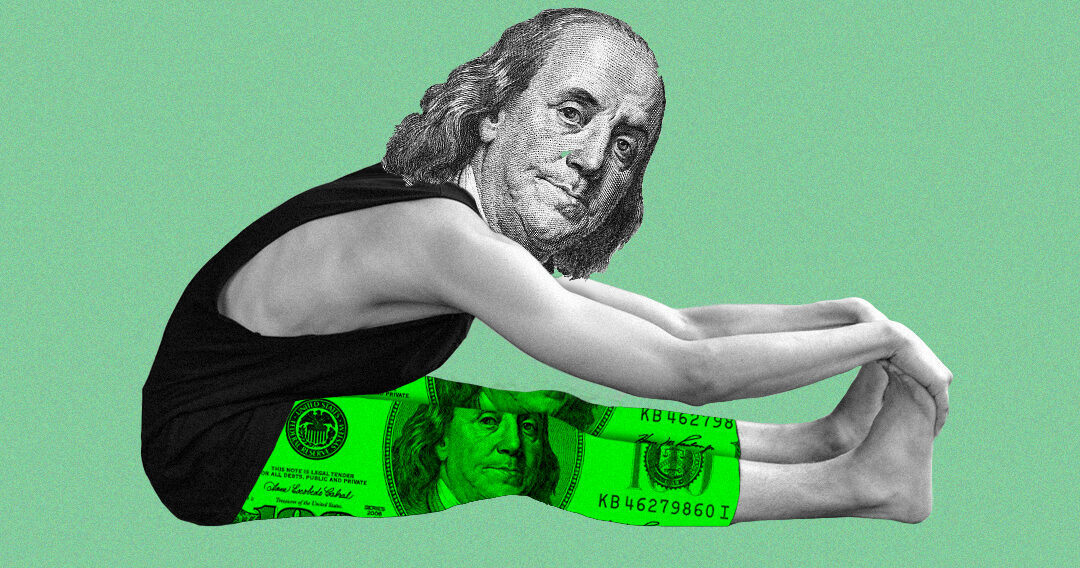We owe it to all to co-create more inclusivity in yoga. In their blog post on the need for intentional inclusivity in yoga, Alexis T. writes about the cost barrier.

According to the American Negotiation Institute, the two greatest concerns are lack of representation and cost of the practice. A source of failed inclusivity in yoga is cost and affordability. Americans spend around $16 billion on yoga classes, equipment, clothing, and accessories. A person that practices yoga is projected to spend almost $90 monthly on the practice (Rakicevic,2020.) In 2014, the average price of a yoga mat was around $23 (Lange,2021.) Another cost associated with the practice is apparel. The expenditure on yoga clothing more than doubled between 2008 and 2012; and is still on the rise (Lange,2021.) Thus, cost and representation are two of the key barriers to an inclusive yoga practice. These barriers to inclusivity are troublesome; however, solutions are available.
To address the cost barrier to yoga practice, a possible solution is to offer discounted participation rates to those of lower socioeconomic status. Free and open community events are recommended as well. Another great solution is to provide the option of donations that can be used to subsidize the cost of practice of those of lower socioeconomic status. Here at Yoga District, we are actively practicing some of these cost inclusivity methods. We actively use part of our proceeds to donate to yoga outreach programs for people in need. We offer sliding-scale fees, a free yoga program, and an accessibility application to address any other cost-associated barriers to our practice. Yoga District is a community-run yoga center committed to providing diverse, accessible, affordable yoga to all. We recognize the need for intentional inclusivity in yoga. We will continue to work towards inclusivity. Please join us in this effort. Yoga is for all, and it is our duty to make the practice inclusive to all.
Article by Alexis Toliver, pictured above.


